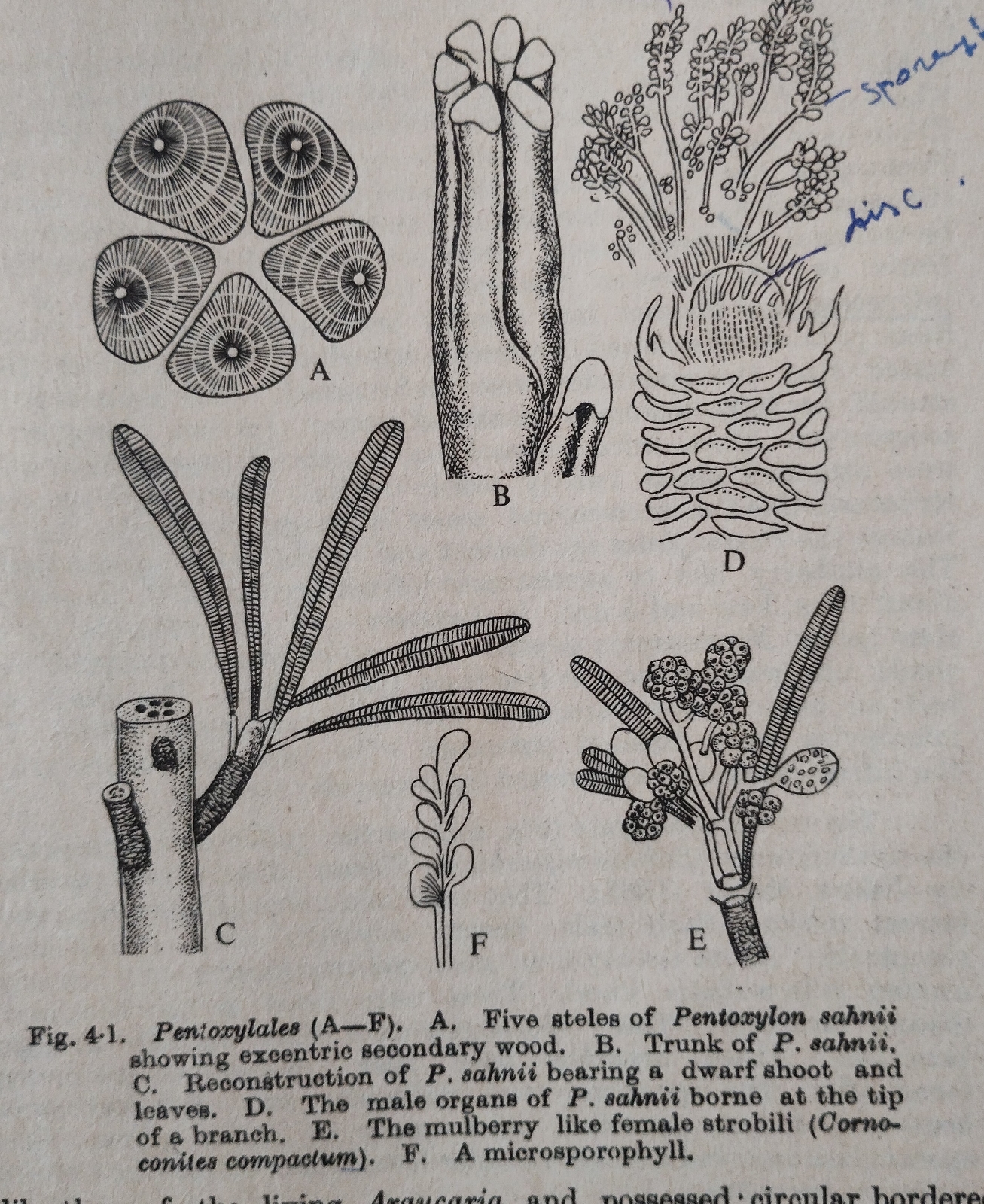Flowers in an Umbrella
The plants of Carrot Family arrange their flowers in such a way that the main axis or peduncle becomes much shorter and flowers appear to develop from the same point where the older ones are at the periphery and the younger ones are at the center,thus, the inflorescence looks like an umbrella.Hence ,the family name was given as Umbelliferae. According to the ICBN each family name should end with the suffix "aceae"added with the legitimate name of a genus included in the family, e.g., Cucurbitaceae from Cucurbita ,Magnoliaceae from Magnolia ,etc. So, the name Umbelliferae must be invalid but Article18.5 and 18.6 made special exceptions for 8 families including Umbelliferae because of their long usage;they are:. 1. Palmae........Arecaceae. 2.Gramineae.....Poaceae. 3.Cruciferae.....Brassicaceae. 4.Leguminosae..........Fabaceae. 5.Guttiferae.....Clusiaceae. 6.Umbelliferae.....Apiaceae. 7.Labiatae.......Lamiaceae. 8.Compositae.....Asteraceae Any person can identify the family due to the following characters :. 1. Plants aromatic herb,stem fistular,nodes swollen. 2. Leaves alternate, mostly decompound with sheathing leaf base. 3. Inflorescence umbel. 4. Flower epigynous, bisexual.bractate, pentamerous 5.Ovary inferior,bicarpellary,syncarpous;stigma with Stylopodiumi.e., a honey disc present surrounding the stigma. 6. Fruit Cremocarp. The family represents 200 genera with 2700 species with almost world wide distribution. The family is well advanced (family no 82) under the Order(no 15) Umbellales of Series III Calyciflorae of Division I Polypetalae of Dicotyledone. But Hutchinson treated it Apiaceae(family 312) under order Umbelles (no 72) of Division 2 Herbaceae. According to Eames,1961 this family provides unique example of suppression of the second cotyledon in the embryo.Thus, there are such 8 genera having some of their species possessing single cotyledon though the family belongs to the Dicotyledone.Moreover, development of the floral members also show peculiarity where the stamens appear first followed by the development of the petals and sepals successively. The flowers at the periphery of the umbel are often sterile or male and show zygomorphy; the outer petals of the same flower larger than the inners. In Astrantia the dense aggregation of umbel is surrounded by distinct involucre of bracts.Sometimes calyx show much reduction in the lobes ,carpels 2, styles 2arising from the stylopodium;stigma 2,capitate. The family is divided into 3 sub-familes ,viz. ;. Sub-family I Hydrocotyloideae : Fruit with hard endocarp Genera ; Centella, Azorella etc. Sub-family II Saniculoidea : Endocarp soft.e,g,, Astrantia,Eryngium ,etc. Sub-family III Apioideae : Endocarp soft or fibrous,style at the tip of the stylopodium,e.g., Echinophora, Ferula,etc.




Comments
Post a Comment